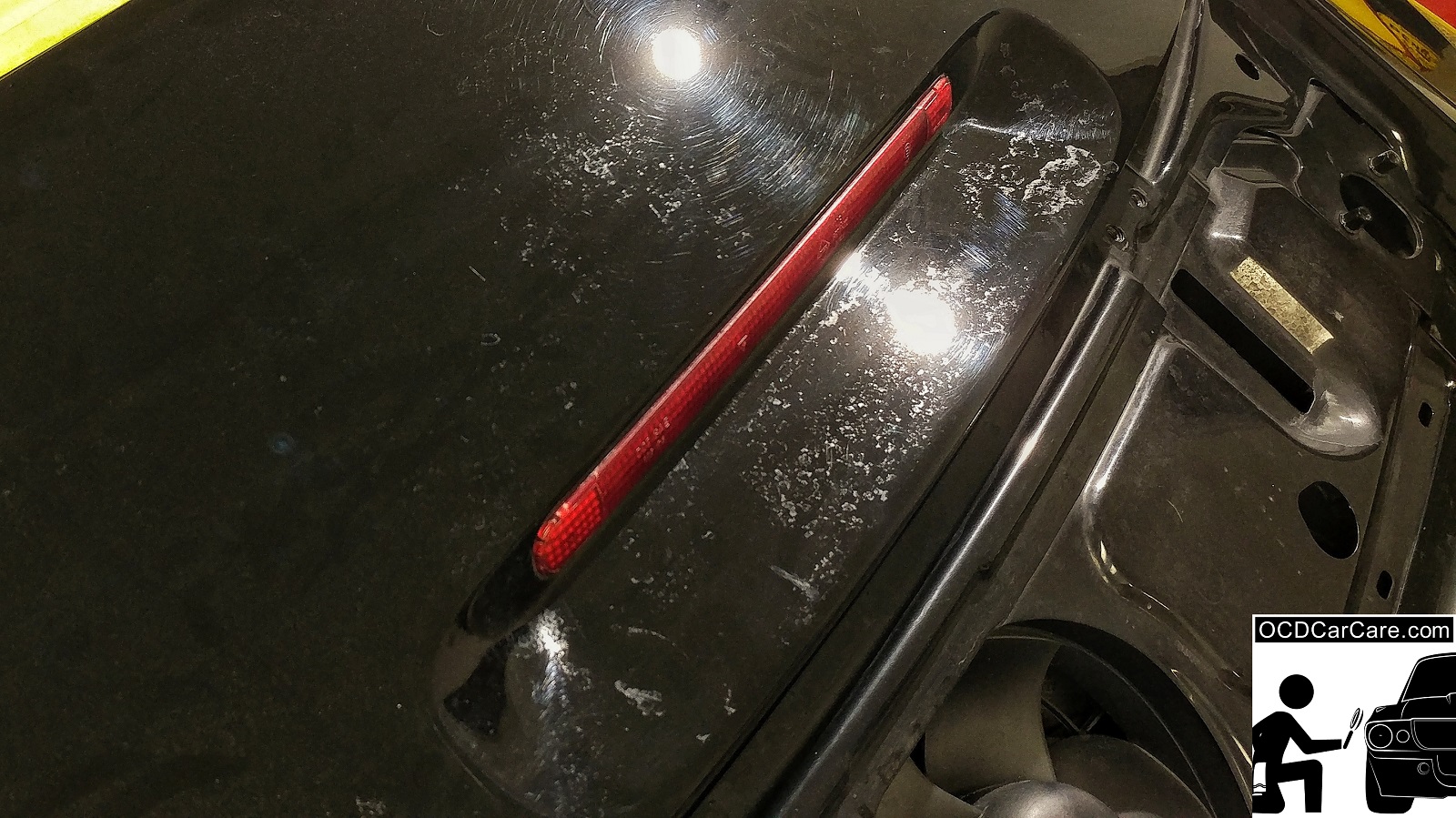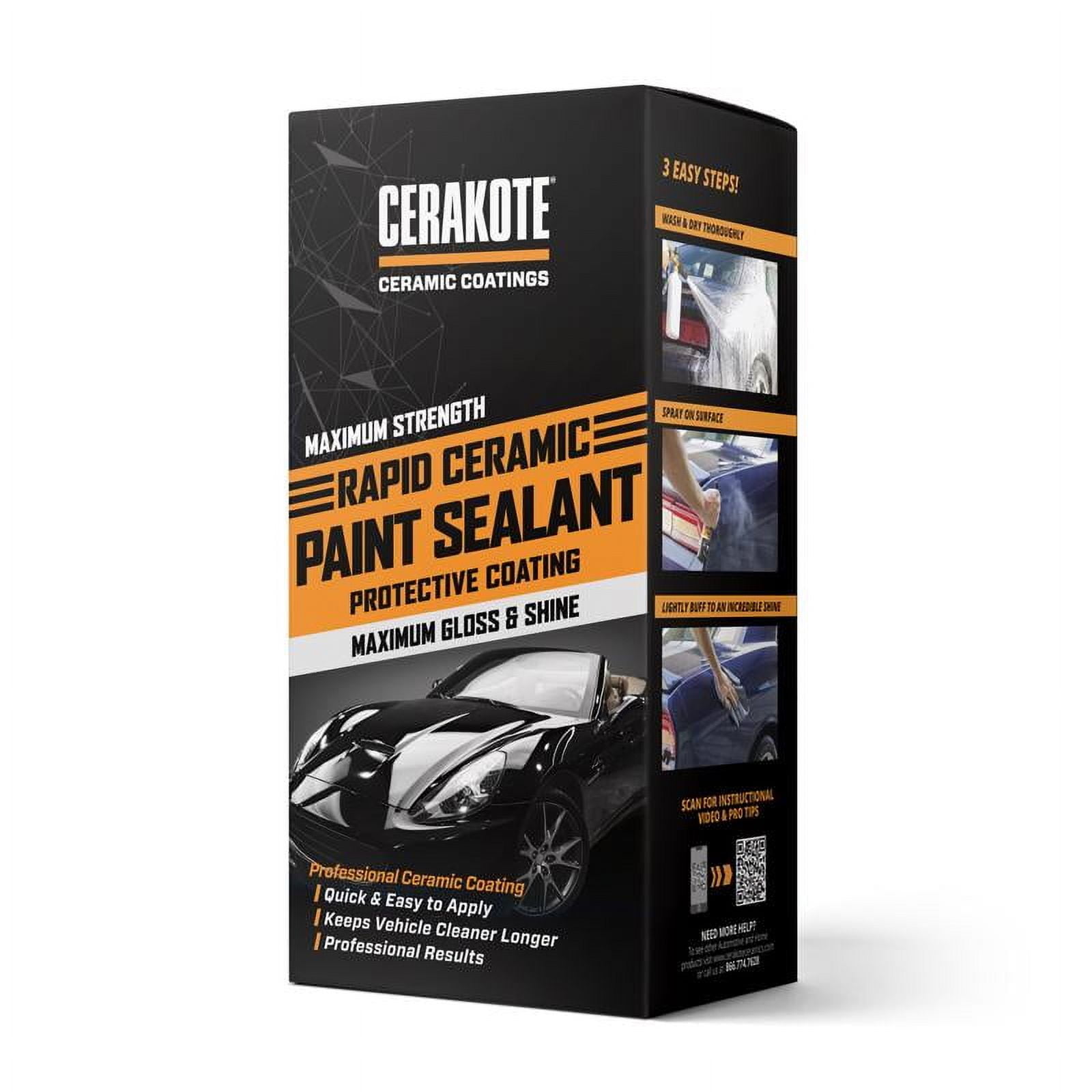Why Ceramic Finish Is the Ultimate Service for a Perfect End Up
Ceramic covering has emerged as a leading service for those seeking a remarkable coating for their cars, many thanks to its amazing toughness and protective functions. What variables truly set ceramic covering apart?
What Is Ceramic Layer?

When used properly, ceramic finish produces a hydrophobic surface area that repels water and dust, making it less complicated to maintain and clean. Unlike traditional waxes or sealers, which generally use short-lived defense, ceramic finishes can last for several years, relying on the product high quality and application method. The procedure of using ceramic layer needs precise prep work, including extensive cleaning and often paint modification, to make certain optimum bonding and effectiveness.
Ceramic coverings are not limited to automobile surface areas; they can also be used on various materials, including glass, steel, and plastics, giving a versatile solution for enhancing security. On the whole, ceramic layer stands for a significant improvement in surface area defense modern technology, combining both functional and aesthetic advantages for a large array of applications.
Benefits of Ceramic Layer
While several surface area protection alternatives exist, the benefits of ceramic finishing stand apart because of its special homes and lasting performance. One of the main advantages is its outstanding durability. Ceramic Coating Philadelphia. Unlike traditional wax or sealers that call for regular reapplication, ceramic finishings provide a durable layer that can last for a number of years, considerably decreasing upkeep initiatives
Another notable benefit is improved security versus environmental contaminants. Ceramic coverings create a hydrophobic surface area that pushes back water, dust, and different toxins, making it less complicated to cleanse. This function not just preserves the car's look however also lessens the risk of corrosion and oxidation, specifically in severe weather.
Furthermore, ceramic finishes supply premium resistance to UV rays, avoiding fading and destruction of paint gradually. This UV protection is critical for maintaining the visual value of surfaces and automobiles exposed to guide sunlight.
Additionally, the glossy surface attained with ceramic coating enhances the general aesthetic charm, providing surface areas a showroom-quality shine. In general, ceramic coverings represent a considerable innovation in surface protection technology, offering enduring benefits that satisfy both practical and aesthetic requirements.
How It Works
Understanding the scientific research behind ceramic finishings reveals exactly how they give such impressive protection and long life. At its core, a ceramic finish is a fluid polymer that chemically bonds with the automobile's factory paint.
The application process includes multiple actions, consisting of surface prep work, which is essential to accomplishing ideal adhesion. As soon as used, the coating undertakes a curing procedure, during which it solidifies and forms a semi-permanent bond with the paint surface area. This bond is what distinguishes ceramic coatings from conventional waxes and sealants, providing a longer-lasting protective barrier that can withstand for many years.
In addition, the density of the coating can enhance its safety top qualities, making sure that it can endure severe problems. Ultimately, the scientific research of ceramic coverings combines advanced materials with ingenious application techniques to supply an unparalleled level of defense and visual enhancement for discover this cars.
Contrast With Standard Techniques
When compared to traditional paint security approaches such as sealants and waxes,The benefits of ceramic coverings end up being particularly noticeable. While waxes offer a temporary sparkle, typically lasting a couple of weeks to a couple of months, ceramic finishes provide a long-lasting safety layer that can endure for numerous years. This resilience substantially decreases the frequency of reapplication, making ceramic coverings a much more cost-effective option with time.
In addition, standard techniques usually require substantial preparation and several applications to achieve an acceptable degree of defense. On the other hand, ceramic coatings bond at a molecular degree with the lorry's surface, developing a robust shield against ecological contaminants like UV rays, acid rainfall, and roadway salts. This bond boosts the automobile's resistance to scratches and swirl marks, which prevail with typical waxes and sealants.
In addition, the hydrophobic homes of ceramic layers ward off water and dirt, resulting in simpler cleansing and maintenance. In comparison, wax and sealant-treated surface areas can attract grime, necessitating more frequent cleaning - Ceramic Coating Philadelphia. Generally, ceramic layers not just provide remarkable protection but additionally deliver a more aesthetically appealing and enduring surface, establishing them as the recommended selection for critical car proprietors
Application and Maintenance Tips

Utilizing a foam applicator, use the finishing try this in little areas, adhering to the producer's guidelines pertaining to thickness and overlap. Allow adequate curing time between layers, commonly 24 hours, to make sure proper bonding. After application, it is essential to stay clear of exposure to water or severe aspects for a minimum of a week to enable the coating to totally treat.
Additionally, making use of a ceramic upkeep spray can enhance the layer's hydrophobic homes and longevity. Routine examinations for any type of indications of wear will aid maintain the covering's integrity and preserve that immaculate surface.
Final Thought
In verdict, ceramic finishing arises as an exceptional alternative for attaining a perfect automotive coating. By creating a durable bond with manufacturing facility paint, ceramic finish properly check over here guards versus scratches, UV rays, and ecological contaminants.
